
2018 Yamaha YZF-R1 and YZF-R1M | FULL TEST
Guided Missiles
The Yamaha YZF-R1 and YZF-R1M come in for some slight tweaks for 2018 to help you guide Yamaha’s missile even more accurately than before.

Never have we seen such astounding technology in the superbike class, and we can primarily thank Yamaha and BMW for that.
When BMW’s S 1000 RR came out in 2010 and blew everyone into the weeds, it took the Japanese quite some time to join the electronic arms race. No one took up the reins as much as Yamaha, who returned serve in 2015 with a true milestone of a superbike after what was a seismic shift in company thinking as to what a superbike can really be.
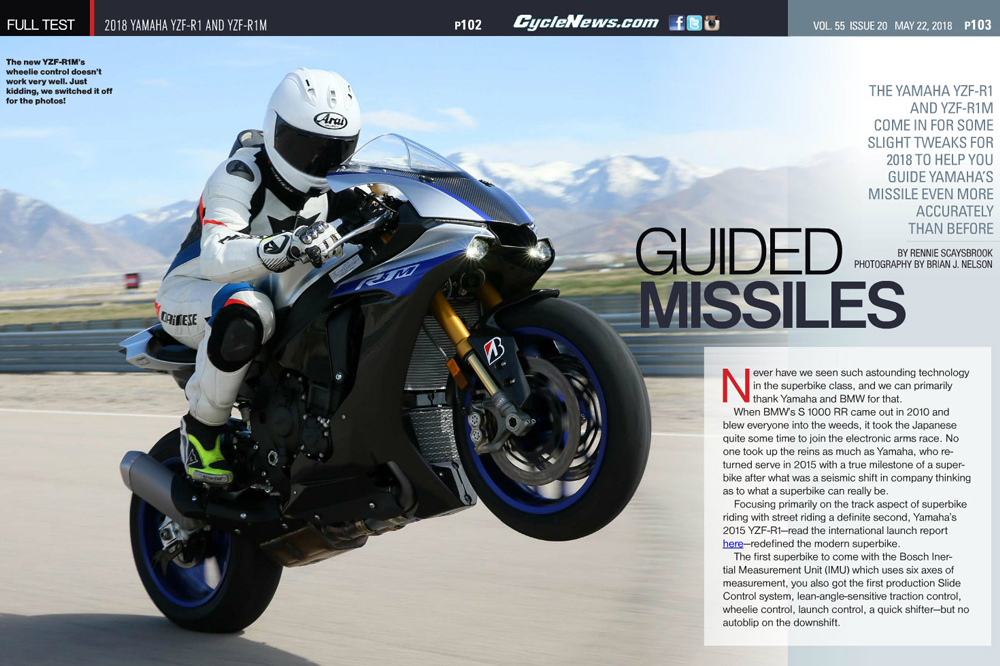
Click here to read this in the Cycle News Digital Edition Magazine.
By Rennie Scaysbrook | Photography by Brian J. Nelson
Focusing primarily on the track aspect of superbike riding with street riding a definite second, Yamaha’s 2015 YZF-R1—read the international launch report HERE —redefined the modern superbike.
The first superbike to come with the propritery Yamaha Inertial Measurement Unit (IMU) which uses six axes of measurement, you also got the first production Slide Control system, lean-angle-sensitive traction control, wheelie control, launch control, a quickshifter—but no autoblip on the downshift.
Yamaha also upped the game by releasing its ultimate superbike in the YZF-R1M, laden with the first generation Ohlins Smart Electronic Control (EC) suspension. The YZF-R1M, resplendent in carbon fiber and silver paint, was a demon to behold, a bike that when you rode it, you knew you were on something special.
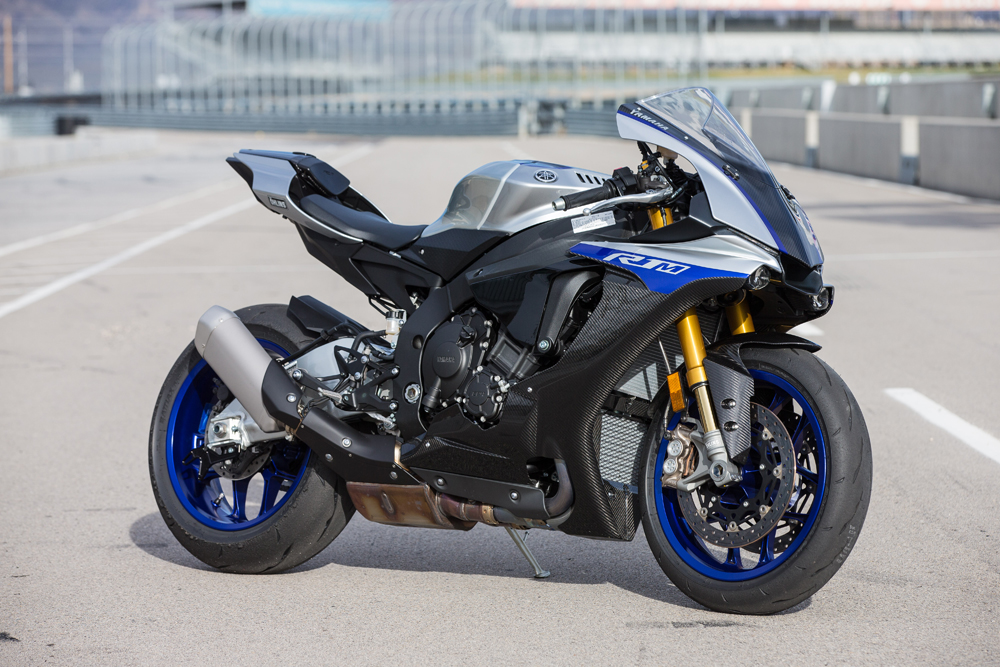
Between 2015 and 2017, the R1 and R1M saw no changes or improvements to the original platform. That’s changed for 2018, with Yamaha finally fitting a quickshifter that can take clutchless shifts up and down, a new wheelie control algorithm and a new launch control platform—the latter of which we were not allowed to test during our single day at Utah Motorsports Campus.
Those three changes also carry over to the R1M, but the premium superbike is now graced with the next generation of electronic Ohlins, dubbed Smart EC 2.0. Not unlike a certain red Italian superbike that was released a few months ago.
The new suspension operates under the Ohlins Objective Based Tuning Interface, which basically is a way of saying the system understands how you are riding and compensates for it. For example, if you’re riding hard, the suspension will automatically stiffen itself to make the ride more taut. Ride slower, and the suspension becomes softer and more comfortable.
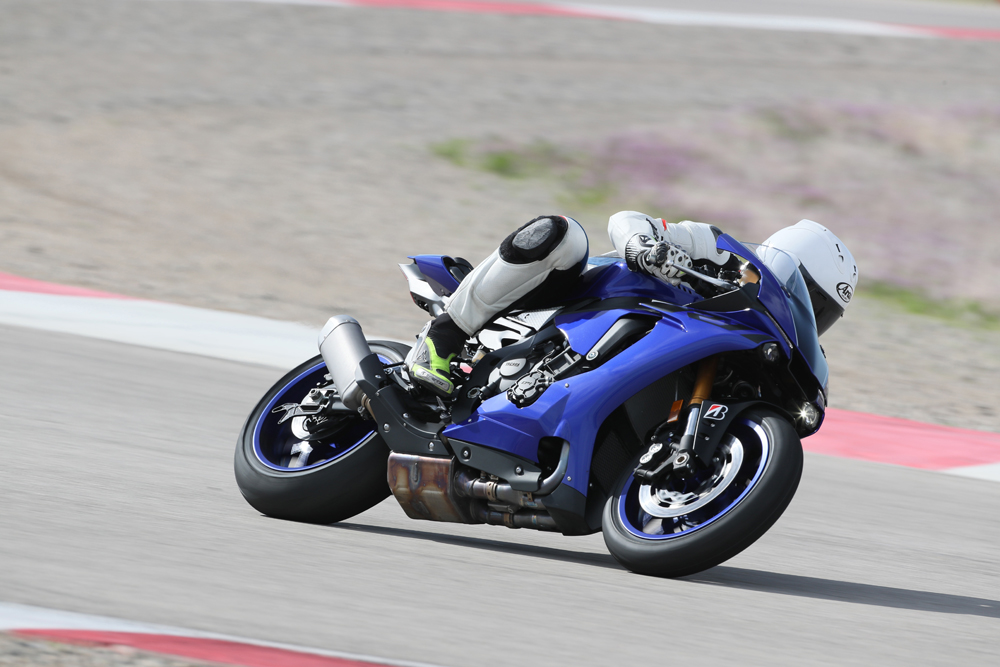
But that’s only one factor in the deal. Ohlins has changed the way we adjust the suspension with the new Smart EC 2.0 setup. Instead of adjusting the ride via compression, rebound and preload, Ohlins now gives you the option of dialing in various levels of support via braking, cornering and acceleration. Need the R1M to hold itself up more under brakes? Dial in some more braking support. Need more support on acceleration, guess what you need to do?
There’s also a manual mode that still works off the traditional rebound and compression circuits, so if you’re proper old school, the Ohlins system still has you covered.
I should mention before we go into the test itself that we rode at UMC with Bridgestone’s new R11 DOT race tire, rather than the RS10s the bikes come out with as standard. We will have a separate review on the tire in the coming weeks here at Cycle News.
On track
The opportunity to test the Yamaha YZF-R1 and YZF-R1M came at the hugely underrated Utah Motorsports Campus, a circuit that’s seen some seriously tumultuous times of late as it tries to stay afloat and provide a world-class motorsports hub to the Utah state.
In all, we got two sessions on the R1 and two on the R1M, with another few sessions on the Yamaha YZF-R6—itself an absolute scalpel of motorcycle.

Under the skin of the R1 and R1M, there’s little to separate the two aside from the Ohlins. The R1 runs Yamaha’s KYB conventionally operated suspension and there are some new colors for 2018 in the base bike—but that’s pretty much it.
The R1 still gets 10-spoke magnesium wheels, an aluminum gas tank and all the Bosch IMU goodies, plus those three electronic improvements in the new up/down quickshifter, wheelie control map and launch control.
It’d been two years since I’d ridden the latest generation big bang R1, and it’s still as raucous as I remember it. The 999cc crossplane crank inline four-cylinder motor has a stupendous amount of horsepower on tap, with the whole show metered beautifully through the electronic package.
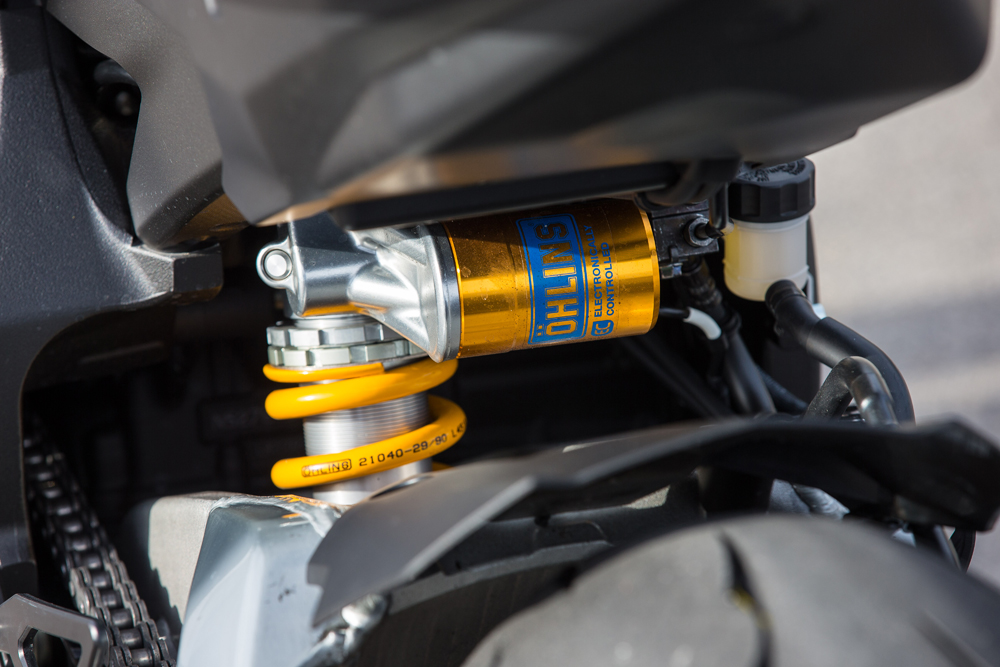
Where the big bang engine used to struggle in previous generations was with a nervous, twitchy throttle response at low rpm exiting hairpin corners, but that’s a thing of the past with the 2015-‘18 models. Throttle response from fully closed to wide-the-f-open is almost seamless, as the R1 builds speed effortlessly. There’s nary a dip in that torque curve—you can whack the throttle open at almost any engine speed and you’ll be met with serious forward momentum.
The new up and down quickshift mechanism works well but you need to be careful not to overwork the system on the downshift. This is still a production system—not a finely tuned race one that you can belt down the gears super fast and expect the system to work out your rough shifts for you.
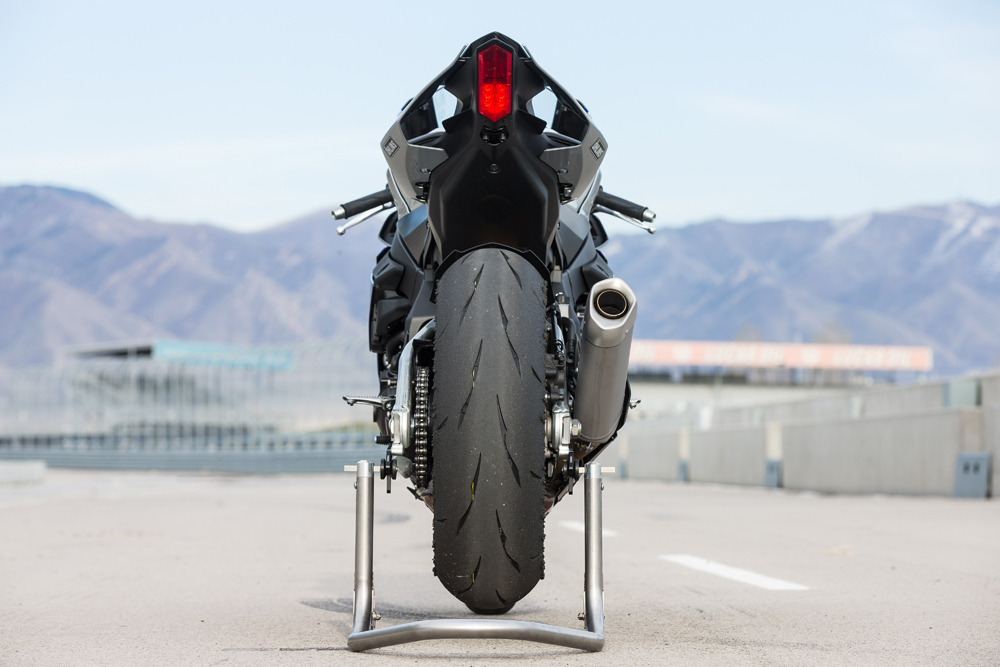
Be gentle on the downshift and the system will work well, although I did get three false neutrals going from fifth to second during my ride on the base R1. I put this more down to rider error/lack of sympathy rather than any mechanical glitch, because once I slowed the shifting process down everything worked as it should and I didn’t get any unwanted neutrals at some ridiculous speed.
On acceleration, the new wheelie control algorithm is a welcome addition to the Yamaha IMU platform. It’s adjustable up to three different settings, with level one the least intrusive and three at full intervention.
I found the system to be more manageable on the least intervention, as levels two and three would throw the front down too hard at the first sign of a wheelie. Level one allows you to carry the front wheel more out of a corner and keep the gas wide open, which, when you’re searching for tenths of a second, means everything.
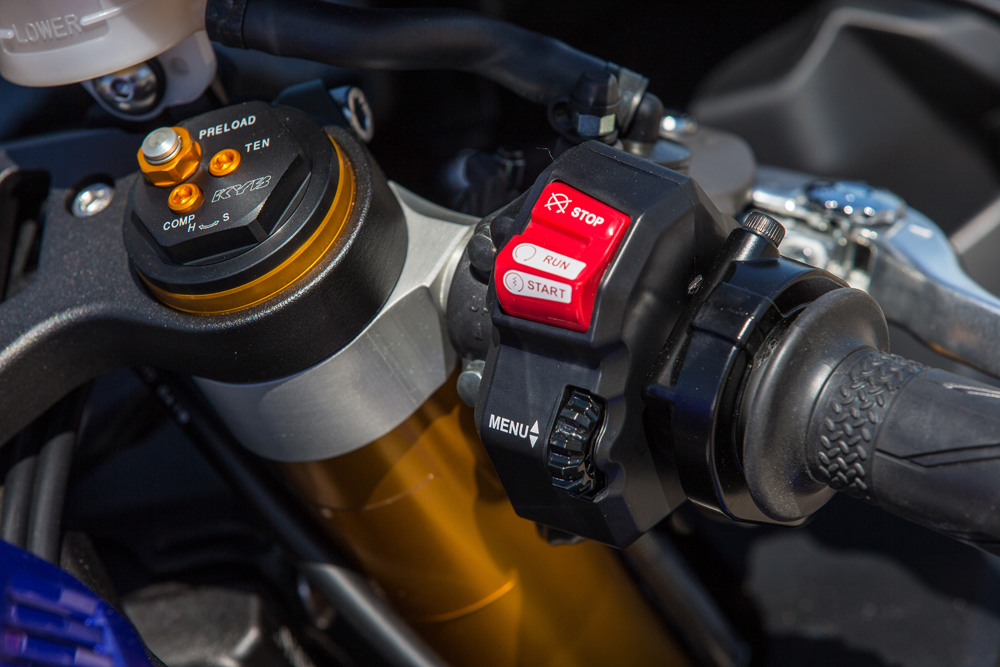
Switching over to the R1M, the first thing you notice at speed is the chassis turns at a more progressive rate thanks to the 200-section rear tire. The R1 runs a 190 on the rear and will turn in faster, but you don’t get as much tire on the ground at full lean for when you wrench open the throttle.
The 200 on the R1M gives the bike more stability when you’re banked over, and works with the Ohlins system to give a more compliant ride at my pace than that of the KYB-equipped R1.
Compared to the previous generation Ohlins Smart EC system that I preferred to use in manual mode at my home track of Sydney Motorsport Park, the Smart EC 2.0 system feels like it can’t do any wrong for the speed I’m going at.
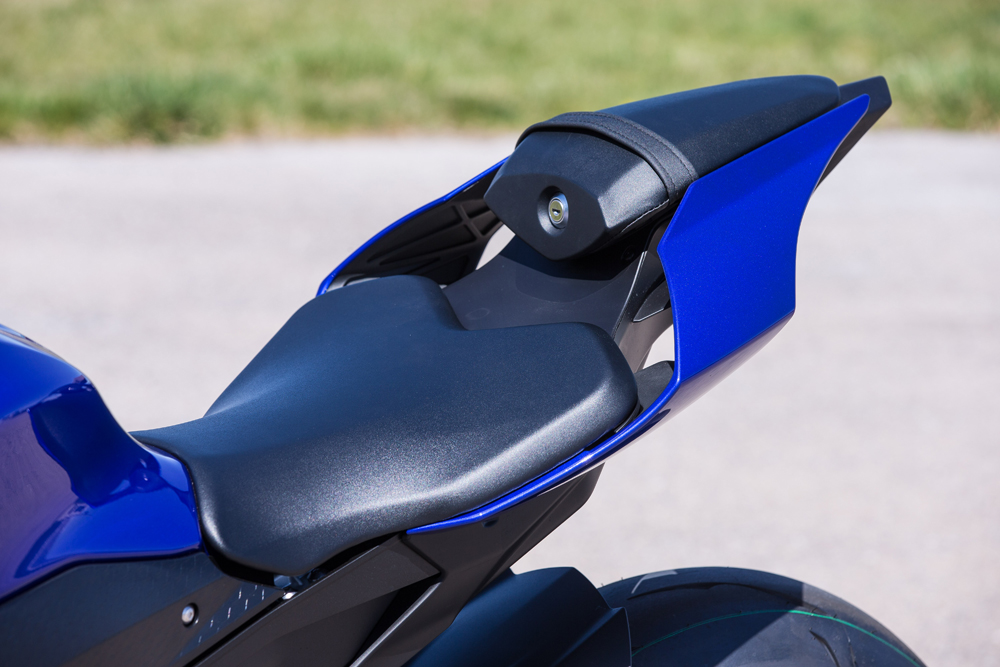
I’m sure in the intervening years I’ve probably lost a second or so of piss and vinegar, and in that time the electronic suspension has taken a huge step forward. Pro racers will no doubt want to have conventionally-operated suspension, but I find the Ohlins 2.0 to be such an advancement over the OG suspension that I could probably just leave it and go club racing with it.
On base setting, the ride is too soft for hardcore track usage, but get into the dash and jam everything right up—braking support, corner support, acceleration support as well as front and rear stiffness—and the R1M becomes a revelation.
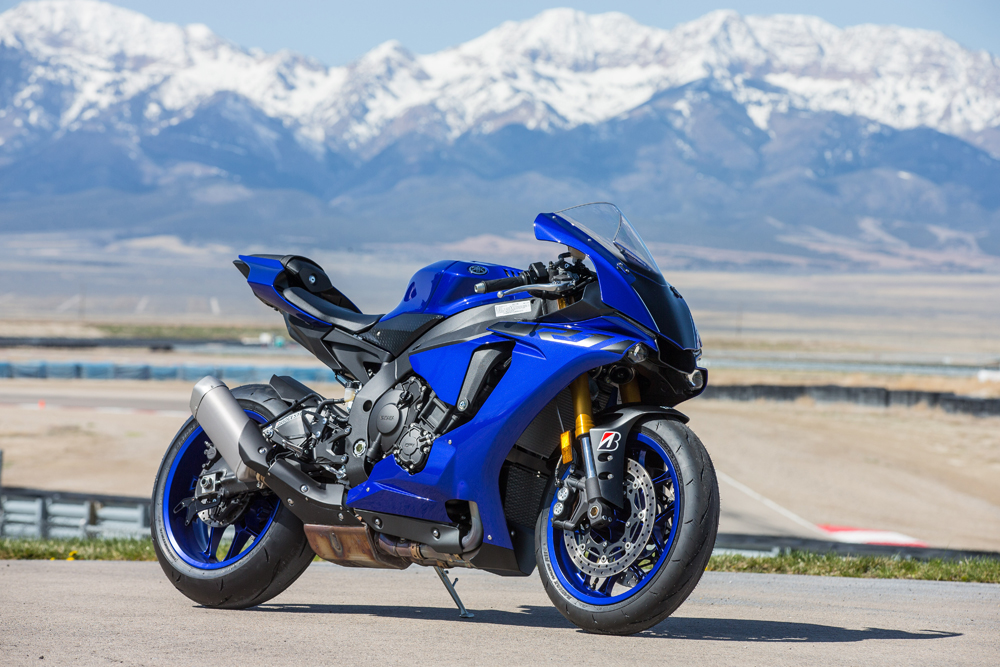
Combine the Smart EC 2.0 with all the brilliant components of the Yamaha proprietary Inertial Measurement Unit like eight-stage TC and three-stage Slide Control, and you have a bike that makes you feel like a king. You can push the R1M seriously hard and each time you do, provided you’re not Cameron Beaubier or Garrett Gerloff, the bike just laughs at you, “Is that all you got, boy?”
The R1M truly deserves all the acclaim it gets, especially when you consider the price of a touch under $23,000 is $10,000 cheaper than the mid-level Ducati Panigale V4S that comes with the same suspension, and $2000 cheaper than the Honda CBR1000RR SP2.
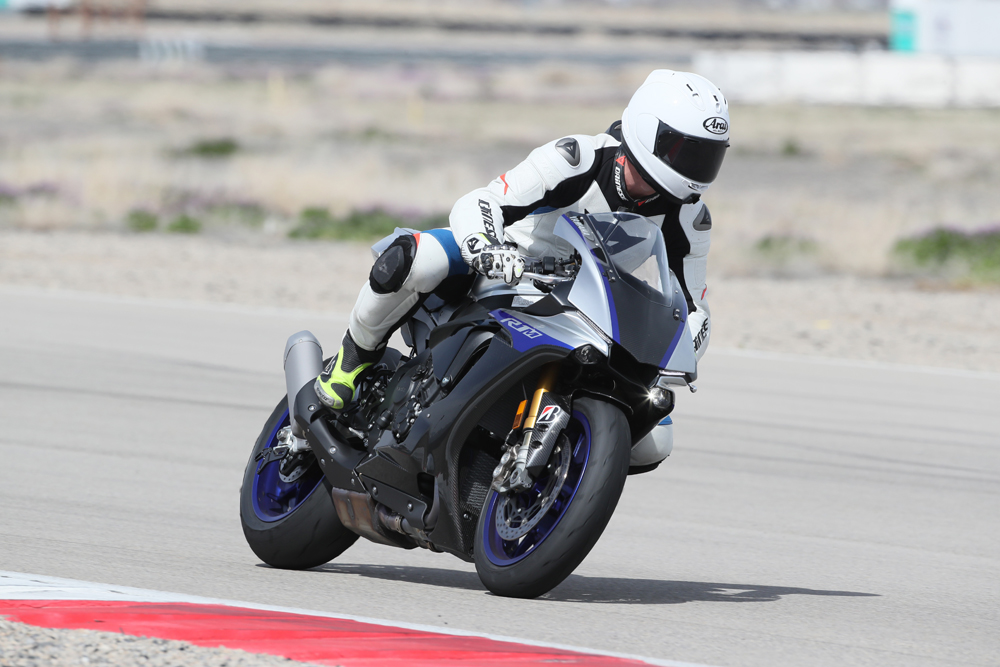
But if the R1M is too much of a stretch, you can get 95 percent of what the M can offer you in the base R1, which retails for $16,690, and unless you actually need the Ohlins suspension and the beautiful color scheme of the R1M, that’s the one I’d be going for—mainly because I’m a tight-wad.
Regardless, either R1 will make a marvelous addition to any garage. CN
Here’s the video from our track ride at Utah Motorsports Campus:
2018 Yamaha YZF-R1 and YZF-R1M Track Review
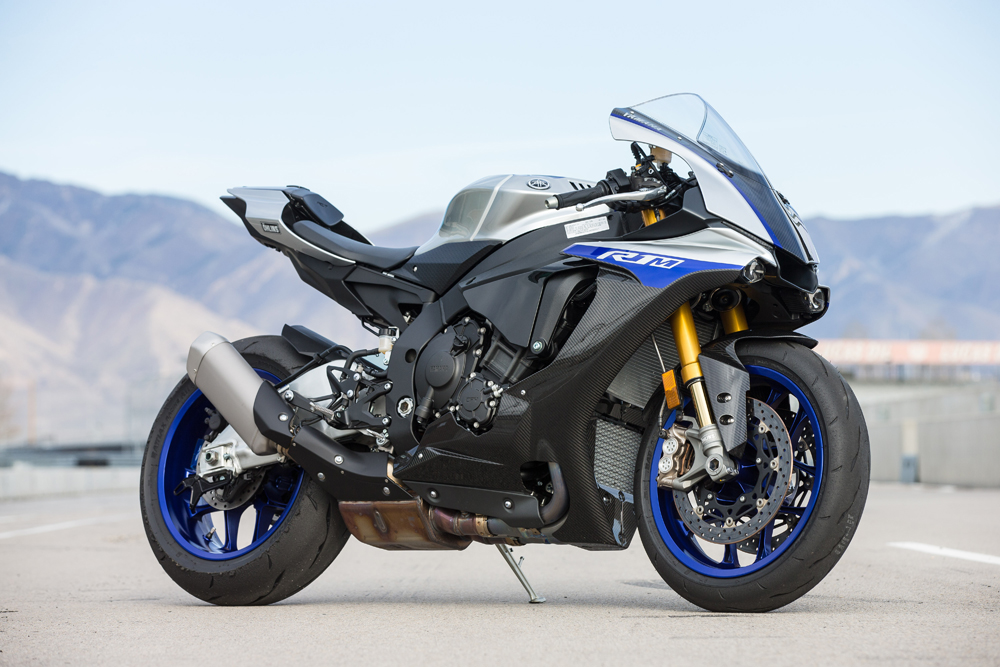
GEAR ID’d
Helmet: Arai Corsair X Suit: Dainese Laguna Seca Gloves: Dainese Full Metal 6 Boots: Dainese R Axial Pro In Back protector: Alpinestars Nucleaon KR-1 Protector
Click here to read this in the Cycle News Digital Edition Magazine.
Click here for more Yamaha motorcycle reviews and news.
Click here for the latest Cycle News Sportbike motorcycle reviews and news.
Link nội dung: https://tuvitot.edu.vn/r1-2018-a24925.html